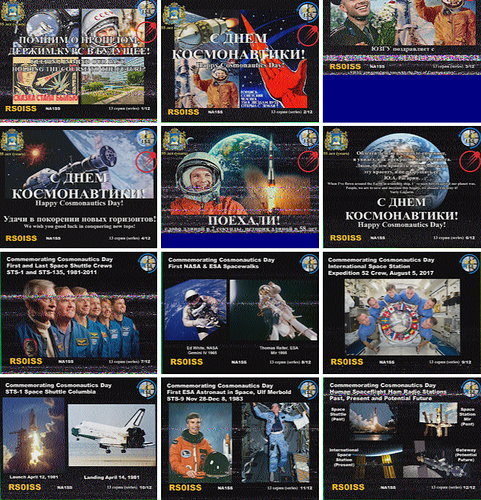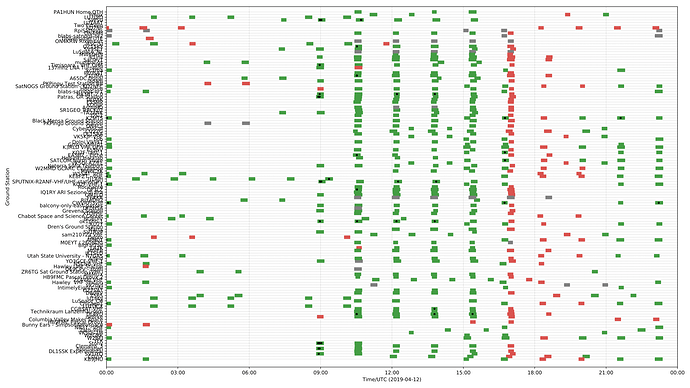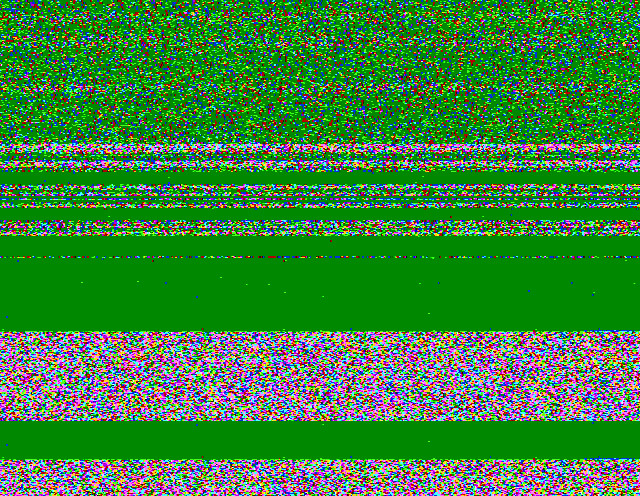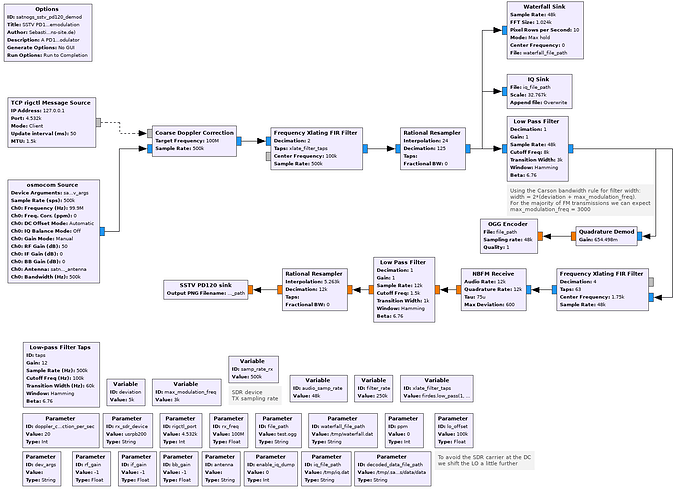Announcement from ARISS SSTV blogspot
Click here for the announcement
ARISS Russia is planning Slow Scan Television (SSTV) image transmissions from the International Space Station. The transmissions begin Thursday, April 11, 2019 around 18:00 UTC and run continuously until approximately 18:00 UTC on Sunday, April 14, 2019. This event uses a computer in the ISS Russian Segment, which stores images that are then transmitted to Earth using the ARISS amateur radio station located in the Service Module which employs the Kenwood TM D710E transceiver. Once these images are received by ham radio operators and other radio enthusiasts on Earth, many participants will post them for viewing at http://www.spaceflightsoftware.com/ARISS_SSTV/index.php . In addition, you can receive a special SSTV ARISS Award for posting your image. Once the event begins, see details at https://ariss.pzk.org.pl/sstv/ . The transmissions will be broadcast at 145.800 MHz using the PD-120 SSTV mode.
Please note that the event is dependent on other activities, schedules and crew responsibilities on the ISS and are subject to change at any time.
There are already scheduled observations for the event on online and testing stations that had good results in the last event. Semi-automatic decoding of the images will be done as soon as possible after vetting the observation as good, feel free to help us with vetting on your own or other stations.
@ar3itrary also will try a new decoder which like the NOAA one will decode the images during the observation. Any IQ files of this SSTV will be bery useful to test this new decoder after the event, so anyone that could provide them please contact @ar3itrary or me.
Don’t forget that you can get a prize for decoding SSTV images on this event, check more at the announcement above!
Satnogs Stats:
According to several reports there was a low audio issue on the transmitted signal, this resulted to less successful observations and less decoded images. Most of the decoded images came from audio that was amplified by 17dB.
- Total duration of the event: 3d 34min 58s (announced ~3d)
- Total coverage (good observations with or without decoded data) from satnogs network: 1d 2h 25min 52s which is ~36.42% of the total event time.
- Total coverage (good observations with decoded data) from satnogs network: 8h 45min 26s which is ~12.07% of the total event time.
- Total time of observations (includes overlapped observations): 7d 19h 9min 22s
- Total satnogs observations vetted as good: 1395
- Total satnogs observations with images decoded: 196 observations with 251 images decoded which is ~1.28 decoded images per observation
The observations can be found at the network.
The map showing all participating stations listed above and the ground track during the observations:
A collage of the best received images:
Coverage diagrams that include also bad and failed observations:
Legend:
green: good observation
red: bad observation
grey: failed observation
black marker: decoded image
Diagrams and maps are created using code from @kerel’s repo.
3D animation of the ISS passes from @KD9KCK at https://satnogsmapreplay.jwgtechs.com/view?request=8c9017aa355328efc2612e2e6206fec5









